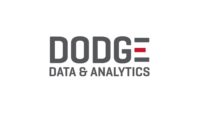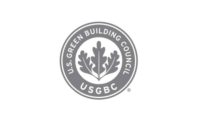Billings at architecture firms accelerated to their strongest pace of growth since December 2010. As a leading economic indicator of construction activity, the Architecture Billings Index reflects the approximate nine to 12 month lag time between architecture billings and construction spending. The American Institute of Architects reported the October ABI score was 52.8, up from the mark of 51.6 in September. This score reflects an increase in demand for design services (any score above 50 indicates an increase in billings). The new projects inquiry index was 59.4, compared to a mark of 57.3 the previous month.
“With three straight monthly gains—and the past two being quite strong—it’s beginning to look like demand for design services has turned the corner,” said AIA Chief Economist, Kermit Baker, Ph.D., Hon. AIA. “With 2012 winding down on an upnote, and with the national elections finally behind us, there is a general sense of optimism. However, this is balanced by a tremendous amount of anxiety and uncertainty in the marketplace, which likely means that we’ll have a few more bumps before we enter a full-blown expansion.”
Key October ABI highlights:
- Regional averages: South (52.8), Northeast (52.6), West (51.8), Midwest (50.8)
- Sector index breakdown: multi-family residential (59.6), mixed practice (52.4), institutional (51.4), commercial / industrial (48.0)
- Project inquiries index: 59.4
The regional and sector categories are calculated as a 3-month moving average, whereas the index and inquiries are monthly numbers.
The ABI is produced by the AIA Economics & Market Research Group, an economic indicator that provides an approximately nine to 12 month glimpse into the future of nonresidential construction spending activity. The diffusion indexes contained in the full report are derived from a monthly “Work-on-the-Boards” survey that is sent to a panel of AIA member-owned firms. Participants are asked whether their billings increased, decreased, or stayed the same in the month that just ended as compared to the prior month, and the results are then compiled into the ABI. These monthly results are also seasonally adjusted to allow for comparison to prior months. The monthly ABI index scores are centered around 50, with scores above 50 indicating an aggregate increase in billings, and scores below 50 indicating a decline. The regional and sector data are formulated using a three-month moving average.








Report Abusive Comment